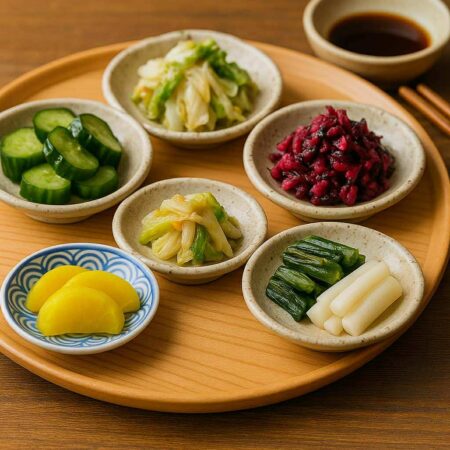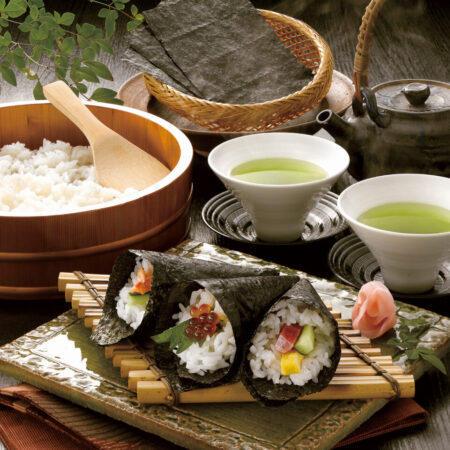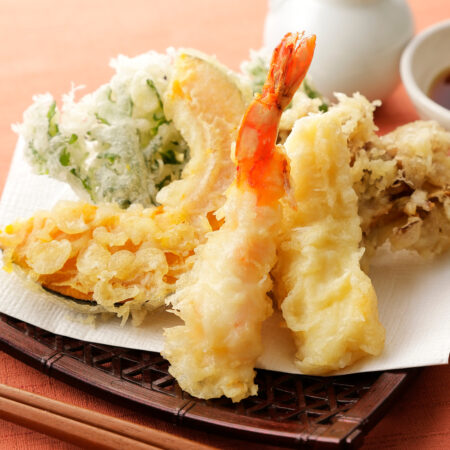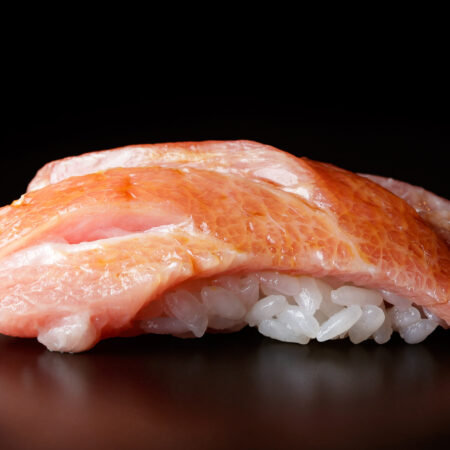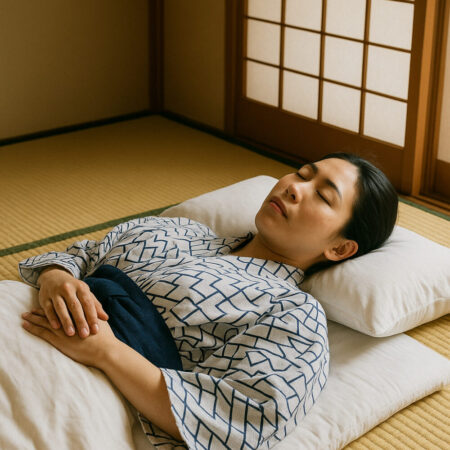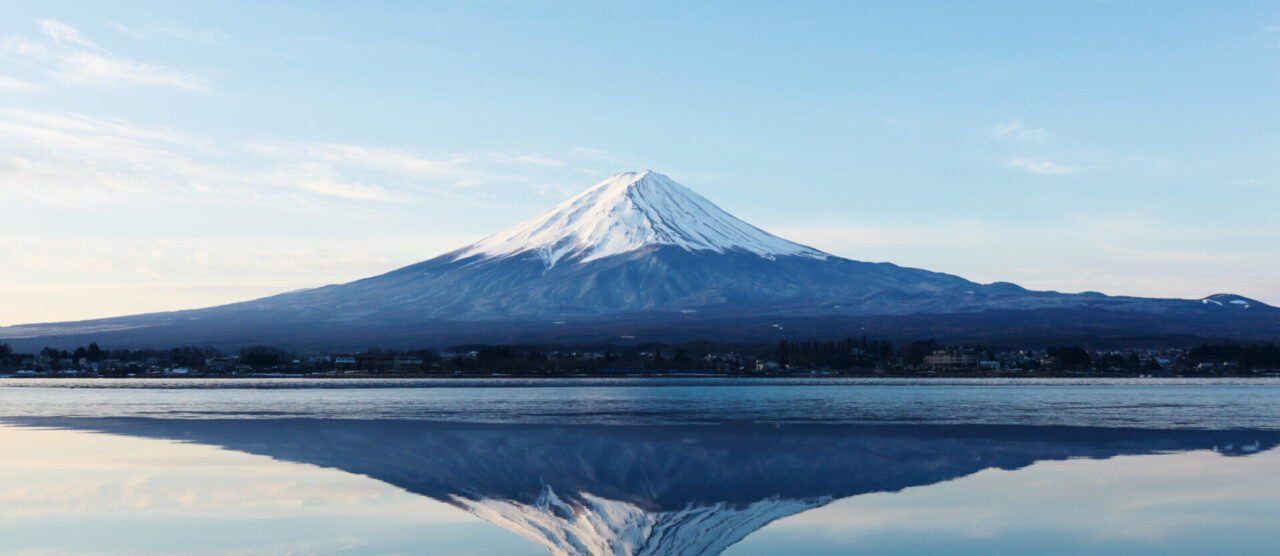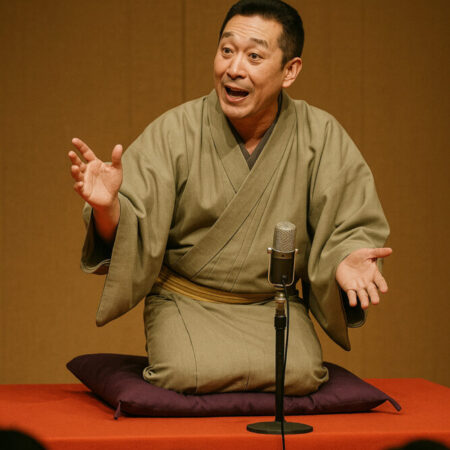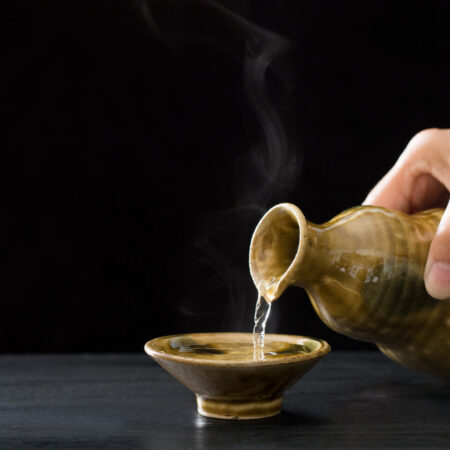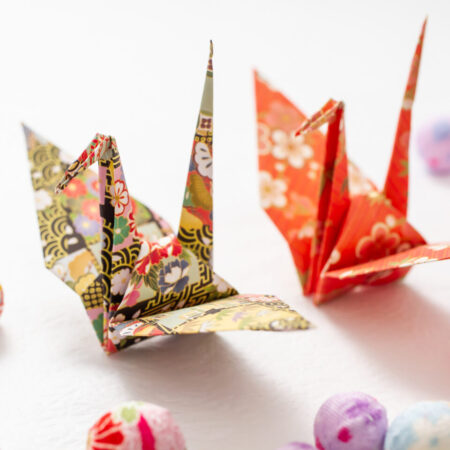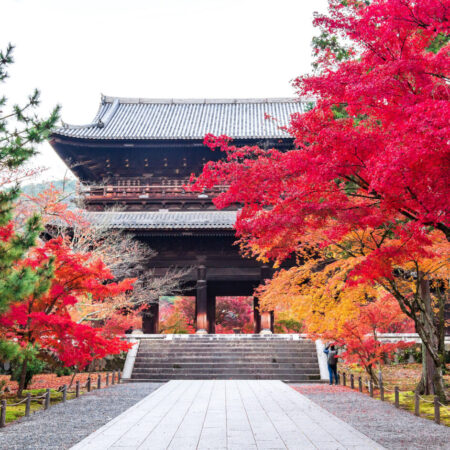Allure
Materials and Allure of Tatami
The unique allure of tatami lies in its ability to provide a sense of relaxation and comfort that can’t be experienced with regular flooring. Perfectly suited for a nation abundant in rice cultivation, tatami is made by using rice straw to create the base and weaving wild rush grass (a monocot plant that grows in wetlands and shallow water) to make the tatami surface. Despite the rapid embrace of Western civilization during the Meiji era and the intense development of a petroleum-based culture after World War II, tatami has continued to play a central role in Japanese homes.
The wild rush grass used as the main material for tatami has a sponge-like interior that can hold a significant amount of air. This results in its exceptional insulation and humidity retention properties. Its moderate elasticity also ensures relative safety even in case of falls, while it absorbs not only sound and vibrations but also moisture. Its insulating nature, which limits the transfer of heat, makes tatami cool in the summer and warm in the winter—adding to its appeal. This characteristic makes tatami an ideal flooring material well-suited for Japan’s distinct four seasons.
Rush Grass
A Health-Promoting Material
In the modern era with an increasing number of homes utilizing regular flooring, tatami and its connection to rush grass are unfamiliar to some. However, in recent years, there has been renewed interest in rush grass. This is due to the remarkable benefits it offers. One of the major components found in rush grass is “phytoncide,” which is the compound responsible for the calming and relaxing feeling one experiences during a forest bath. Other components include aromatic compounds effective for deodorizing and aromatherapy, as well as substances that help soothe and reduce stress. In fact, rush grass possesses various qualities that contribute to our well-being. In the context of modern times, where an environmentally friendly lifestyle exemplified by the SDGs is sought after, this functional aspect of rush grass is gaining attention.
History
Origins and Evolution of Tatami
The history of tatami dates back to ancient times and is deeply ingrained in Japanese living. It is a unique cultural element that originated and developed within Japan. Similar floor coverings to tatami are even mentioned in the Nihon Shoki, a chronicle of ancient Japan, and it is believed that tatami took its current form during the Heian period. Tatami became widely accessible to the common people during the Edo period. It was Sen no Rikyū who, along with the tea ceremony culture, introduced tatami to the masses.
The spread of the tea ceremony culture brought about the practice of covering entire rooms with tatami for commoners. Tea rooms were the only spaces where people of all social classes, including peasants, warriors, and aristocrats, could be on equal footing. The people of Edo greatly valued tatami and devised methods to ensure its durability. While wild grass had been used for tatami in the past, the cultivation of rush grass began in earnest during the late Edo period, leading to the emergence of professionals known as “tatami-ya” or tatami craftsmen.
Etiquette
Tatami Etiquette
Tatami etiquette reflects Japan’s distinct customs and manners. A fundamental rule is to remove your shoes before stepping onto tatami. Keeping tatami clean is challenging with vacuum cleaners or brooms, which is why this etiquette is important for maintaining cleanliness. Additionally, there’s a rule about not stepping on the “heri” of tatami. You might be vaguely aware of this rule, but not know the reasons behind it. Several reasons include preventing damage to the tatami, avoiding stepping on family crests, and most intriguingly, protecting oneself from potential attacks.
Though it might be hard to imagine in the modern day, people in the past would insert spears and blades through the gaps between tatami to launch surprise attacks. Stepping on the tatami edge would alter the play of light, revealing one’s position to enemies beneath the floor. As a result, samurai would avoid stepping on the tatami edge when sitting, dining, or sleeping. In a warrior society where vigilance was crucial both at home and abroad, this practice was essential.
While these reasons might seem distant from the present, understanding them can foster a greater appreciation for Japan’s culture and environment. Rather than perceiving it as mere etiquette, knowing the reasons behind the rules can provide insights into the lives of our predecessors, enhancing our appreciation for the cultural heritage.




